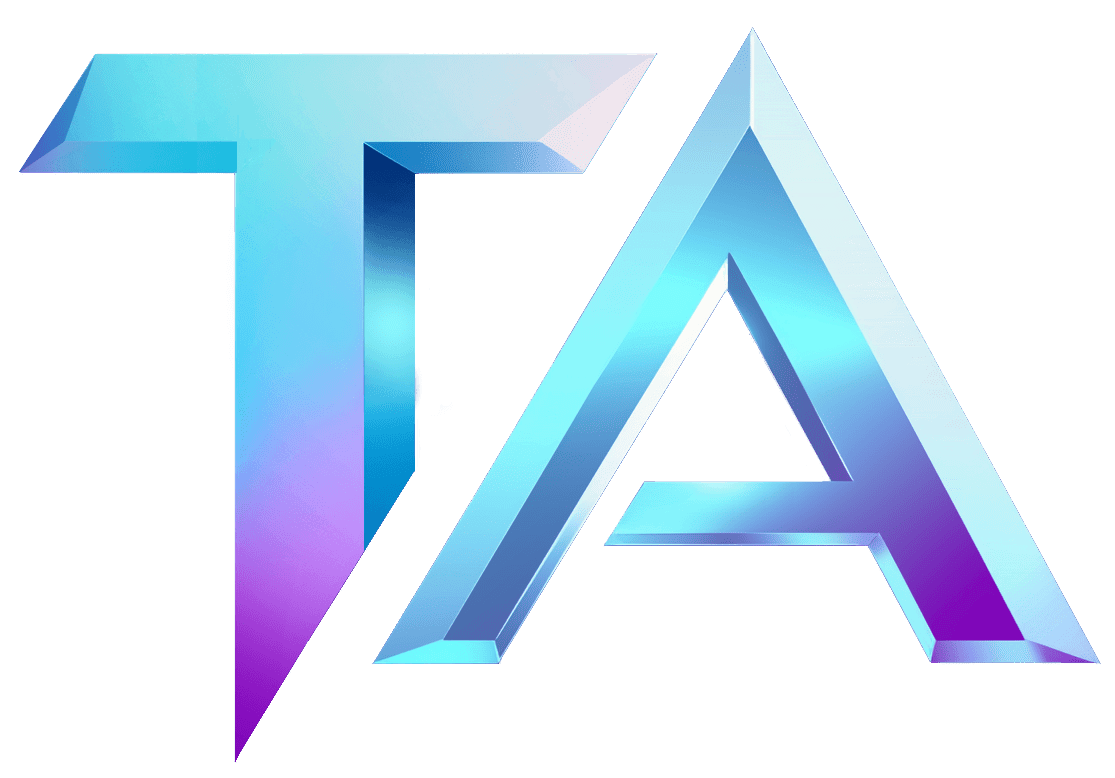Star Atlas Insights: Open Market Operations Explained

Star Atlas Insights: Open Market Operations Explained
In the ever-evolving world of blockchain gaming and digital economies, understanding the mechanisms that govern them can empower players and investors. One such mechanism, also observed in traditional finance, is Open Market Operations (OMO). In the context of Star Atlas, a popular blockchain-based space exploration game, we can draw parallels to better understand how its economy functions.
What are Open Market Operations?
At its core, Open Market Operations refer to the buying and selling of government securities in the open market to regulate the money supply and influence interest rates. When a central bank, such as the Federal Reserve, buys securities, it injects money into the economy, stimulating growth. Conversely, selling securities withdraws money, potentially cooling off an overheated economy.
In a decentralized economy like Star Atlas, we can think of OMO in terms of how the game’s native currency (ATLAS) and its unique resources are distributed and utilized within the ecosystem. The game’s economy, driven by player interaction, can be influenced by how the developers or governing entities manage these in-game assets.
Star Atlas Economy and Open Market Dynamics
-
Marketplace Activity: In Star Atlas, players engage in buying, selling, and trading various assets—ranging from ships to crew members. The activity in these marketplaces is akin to buying and selling securities. High trading volumes can suggest a healthy economy, much like robust financial markets.
-
Resource Generation: Just as OMO can increase the amount of money in circulation, in-game activities can increase the availability of resources. Players can mine or acquire resources through various gameplay mechanics, enriching the game’s economy. If too many resources flood the market without sufficient demand, prices can drop, mirroring what happens in traditional markets.
-
Supply and Demand Balance: The fundamental principle of OMO is to maintain equilibrium in the economy. In Star Atlas, the developers and the community must ensure that there’s a balance between the supply of ATLAS and the demand from players. An oversupply could lead to inflation of the currency, diminishing its value.
- Governance and Player Input: The Star Atlas community plays a crucial role, similar to how markets react to economic policies. Player feedback and governance decisions could guide the inflation or deflation of in-game currencies and resources, just as market perceptions influence central bank policies in traditional finance.
Implementing OMOs in Star Atlas
Implementing open market operations in Star Atlas could include strategic measures executed by the game developers or community leaders. For instance, they could introduce limited-time resource boosts or rare items to stimulate player engagement, akin to urgent market buy actions to increase liquidity and player investment.
Furthermore, regular audits and analysis of market data provided by platforms such as Titan Analytics can help assess the economic health of Star Atlas, allowing for timely adjustments that can maintain a vibrant player economy.
Conclusion
Understanding Open Market Operations gives Star Atlas players and investors a unique lens through which to view the game’s economy. By recognizing the implications of supply, demand, and governance on game resources, participants can make more informed decisions and strategies.
For those looking to dive deeper into Star Atlas data and gain valuable insights into the game’s dynamics, visit Titan Analytics Modules for a comprehensive suite of analytics tools. If you have any questions or need assistance, feel free to reach out at Titan Analytics Contact. Happy gaming!




